Today I’m going to announce the winners of the Fire Assignment, and set the stage for the next Assignment that starts today. Also, I’m going to talk just a little about the sponsorship by DxO Labs who I’ve teamed up with to get a copy of their DxO Optics Pro and Film Pack as a prize for our Assignment winner with the most accumulated so far in 2007 since we closed our last yearly prize.
So let’s get right down to it and find out who was voted as the top three images. As usual, we’ll do this in reverse order, and remember that if you usually jump to the images by entering the number, member’s images start with an ‘m’ for member. The first one we are going to look at is the third place winner, tvphoto, real name Jason Vadnehey’s image, “Flaming Apple” which is m7010. This is a beautifully captured image. Jason has a polished apple on top of what looks like some thick paper which has been set alight, and the flames are engulfing the apple and reaching up to and heading out of the top of the frame. The positioning is really nice with the subject running off center to the left, with a tasteful dark patch to the right. There’s also a little bit of reflection on what looks like a glass table, which also adds a nice touch. All in all this is an exquisite image. Congratulations to Jason on third place. Very well done.
In second place is image m7148, which is a shot called My Flame, from Edwin C, real name Edwin Collingridge. This is another stunning image from Edwin, who if you remember scooped first place in the Low Perspective and Simplicity Assignments. Great to see you consistently creating winning images Edwin, and this is certainly another. Edwin has shot his wife’s eye very close up, looks like with a 100mm Macro lens, and in the pupil is two lit candles, linking back to the fire theme. We can see from the notes that the subject is lit only by the light of the candles so hats off to Edwin’s wife for staying still under the circumstances. The depth of field and detail is amazing, as is the clarity of the candles reflected in the eye. The skin tones are very warm, probably partially because of the candlelight, and the crop is just perfect. I have been trying to get my other half to let me do a close up of her eye for years, so I’m actually quite envious of Edwin for more reasons that just getting a great shot. Anyway, trying not to digress, congrats on second place Edwin. This is a truly wonderful image.
So, now let’s take a look at the winning image for this really pretty difficult Assignment. With m7142, scooping first place for the third time, is hqsbud, or Forrest Tanaka, with “Flame #19”. Firstly, I have to say before we look at Forrest’s image, I love the name. I number images myself a lot, when I have a series to upload, but this single study named in this way reminds me of Edward Weston’s “Pepper No. 30”. I don’t know if this was intentional. Hopefully Forrest will let us know later, but I really can imagine Forrest working away shooting lots of flames in a bid to tame the fire in just the right way necessary to meet with his high standards and satisfy the artist, just as Edward Weston would have shot Pepper after Pepper in a bid to catch one in just the right way. I can see from the EXIF data that Forrest has used an 11mm focal length, with a shutter speed of 1/4000th of a second at ISO 800, so he has obviously been doing plenty of trial and error and really narrowing down the effect to get this great result.
On the image itself, the first thing that his me is that it is in black and white, turning the warm flames to a series of cold, ghostly forms against the pure black background. There are a lot of flames. I can count possibly thirteen different flames and then one large flame that has broken away to the top of the flames in the center of the image. They all are, but especially the flame to the right is beautiful, as it spreads out horizontally to the top, and then reaches back across to meet the 11th flame, as though it really is alive and maybe even doing some kind of a sinister dance in the dark. Truly amazing Forrest. Well done, and congratulations on another first place.
So, moving on to the next Assignment and with all the information Landon Michaelson has given us recently, I figured it would be good to try our hands at some long exposures. Now, before you start to panic thinking that you don’t have a neutral density filter, I should say that I am not necessarily talking about multiple minutes, or even multiple second exposures. However, I think the person that wins this assignment is the one that controls exposure using existing equipment, maybe just a PL filter, and a smallish aperture at the right time of day to get some nice slow shutter speeds resulting in a nice artistic image.
As usual, we’ll take a quick look at some of my example photos before we wrap up and kick this off. Let’s first look at image number 1100. This was shot in the summer of 2006 in Hokkaido, with a shutter speed of ½ a second. Although I’d shot flowing water a number of times, it was around this time that I myself decided that I was going to use the passage of time to include some movement in my shots. There was a nice breeze, and I figured if I used a small aperture and a Neutral Density filer I could probably get some nice results. I actually prefer a different shot from this series, but this one is the longest shutter speed at ½ a second so I figured I’d use this as an example. I’d set my camera up right in front of the barley so that I could catch it blowing in the breeze and record the movement. I actually stopped the aperture down to f22 for this, but have to admit that since seeing the effect that apertures below f16 have with most lenses, i.e. they start to lose sharpness; I try now not to go below f16 unless I’m stuck for a slower shutter speed.
Of course if you do have a Neutral Density filter, you may be able to keep your lens set to a wider aperture, such as F8, which is usually the sharpest aperture for most lenses, or F11 to F16. Also, if your camera has an ISO 50 setting, you could try that, which will of course make your shutter speed half that of the one needed at ISO 100. Another option of course is to shoot when the available light is low. Image number 984, is one such image, that I shot for one of our previous assignments. Here I used a 13 second shutter speed with an ND8 neutral density filter to get all three of the traffic lights exposed at the same level and seemingly at the same time. Of course this meant that all of the cars that passed by during that time left trails on the image from their lights. For this particular image I used an aperture of F9, and I had changed my ISO to 50.
Another example where I waited for the light to dim might be image number 1223, where we can see a somewhat ghostly pair of Japanese red-crowned cranes in Hokkaido during my December 2006 trip. Now this is actually not all that long a shutter speed at 1/25th of a second, but it definitely looks long because of the movement of the wings in the cranes. The reason I’m using this as an example is to emphasise just that – you don’t necessarily have to use special equipment or even really long shutter speeds to get this look if you wait for the right light. Conversely, here I had to raise the ISO to 800, and was shooting at F5.6 at 260mm with my 100-400mm lens, so I was actually struggling to get enough light, even with standard equipment.
Finally, let’s take a look at shot number 1438, in which we can see one of my favourite shots from 2007, of the Tatsuzawa Falls shot in May. Here I was obviously using a slow shutter speed to make the water blur into that silky dreamy look. This was shot in the last minutes of twilight, so again the light was low. I didn’t have to use a Neutral Density filter even to get a shutter speed of two and a half seconds at F11 with an ISO of 200. I had of course timed my visit for when those nice fresh green leaves were on the tree in front of the falls, as some of you will remember from the Podcast in which I described my adventures here. Take a listen to Episode 88 if you want to hear more but didn’t catch that one yet.
Anyway, these are just a few examples, as usual, and I’m expecting you guys to surprise me and the others with your inventive application of the theme, which is, again as usual, open to your own interpretation. My crane shot may not have been a great example, because the shutter speed was not really very long at all, as I suppose are the other examples if we start talking about reeeeaaaally long exposures. I’m sure people will be checking the EXIF data for this one too, so please do try to get as inventive as possible. Remember that Landon also provided us with a PDF that is available via this Podcast feed, with a chart on exposure times and how they are affected by various filters, so if you haven’t grabbed a copy of that yet, I suggest you do for reference. Also remember that if you are shooting in dark conditions, don’t let your camera falsely brighten up the image unless that is in line with your artistic vision. Some dark scenes will be meant to stay dark, so you’ll need to set your exposure accordingly.
Remember that your submission for the assignment has to have been shot after the release of this Podcast, so check your date on your camera to make sure it’s accurate, and start shooting. The Assignment Gallery will be open until the end of the 20th of January 2008, at which time I’ll lock the gallery and turn on the voting system. Voting will go on for two further weeks until the end of February the 3rd. Note that there are also a number of rules and guidelines for the Assignment which are detailed in a Forum post, so please take time to familiarize yourself with that before shooting to avoid disappointment if your image doesn’t meet the requirements. I’ll link to the Post in the show-notes, or just look it up at the top of the Assignment Forum at martinbaileyphotography.com.
As usual, I will award a prize of an original print of your choice to the winner, made from any image in my online gallery at martinbaileyphotography.com on the paper and the size of your choice from the pull-downs. Here’s the cool thing though – we have been accumulating votes for a yearly grand prize again, like we did when we gave away the Lowepro camera bag earlier in 2007, and this time, I have teamed up with DxO Labs to get the person with the most votes at the end of this assignment a copy of DxO Optic Pro version 5 and their Film Pack This will be provided as I say to the person with the most votes for almost a year at the end of this assignment, so let’s really take this seriously and see if you can’t get yourself some great software. You can see the results of the Fire Assignment and all previous assignments this year by selecting “Current Photo Assignment Winners & Scores” from the bottom of the Gallery menu at my Web site. I’ll also put a link into the show notes as a reminder.
Next week I’m aiming to do a review Podcast in which I’ll go through the DxO Optics Pro package and the Film Pack giving my feedback on this great tool. DxO Optics Pro sets the standard for automatic correction of your digital images. Based on extensive analysis of cameras and lenses, this award-winning software enables photographers to improve hundreds of images very quickly, saving time and providing spectacular results. Version 5 of DxO Optics Pro runs on Mac and Windows. Version5 which has only just been released incorporates a new generation RAW converter providing more details, and less noise artefacts, for a new level of image quality. I have to say I’ve been very impressed with the results I’ve seen in my tests so far, and I can’t wait to share more detail with you soon.
So that’s it for this week. Thanks very much to all that participated in the Fire Assignment. As usual there were some great shots. I can’t wait to see what we find in the Long Exposure Album six weeks from now.
And that’s about it for today. So with that, all that remains to be said is thanks for listening, and you have a great week, whatever you’re doing — Bye-bye.
Show Notes
The prize for the (almost) yearly prize is going to be DxO Labs’ new DxO Optics Pro version 5 Elite version with Film Pack, worth almost $400. Check out DxO products at their Web site: http://www.dxo.com
Note: Due to site changes, the scores page and forum are no longer available.
The music in this episode is from the PodShow Podsafe Music Network at http://music.podshow.com/
Subscribe in iTunes for Enhanced Podcasts delivered automatically to your computer.
Download this Podcast in MP3 format (Audio Only).
Download this Podcast in Enhanced Podcast M4A format. This requires Apple iTunes or Quicktime to view/listen.

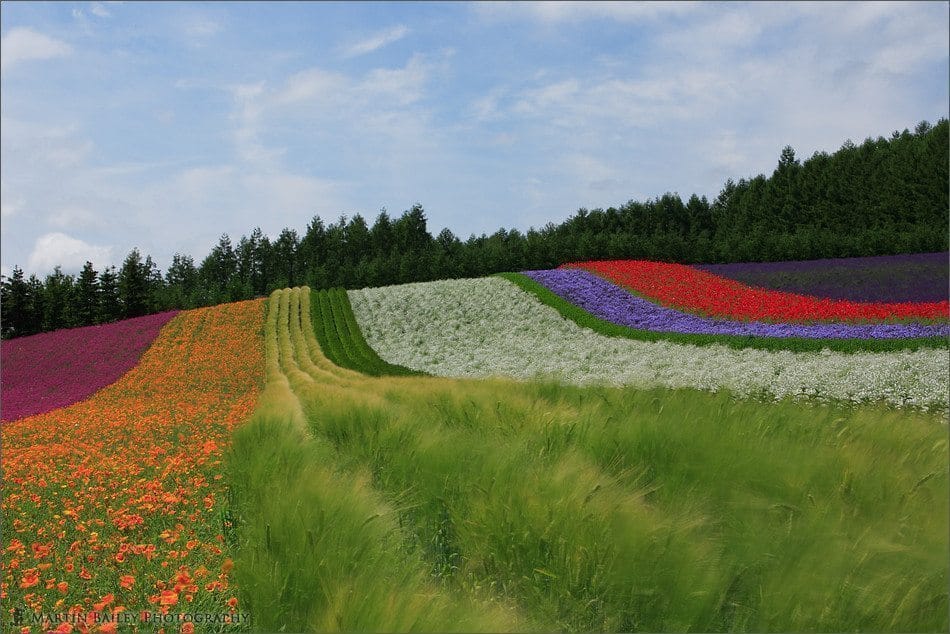
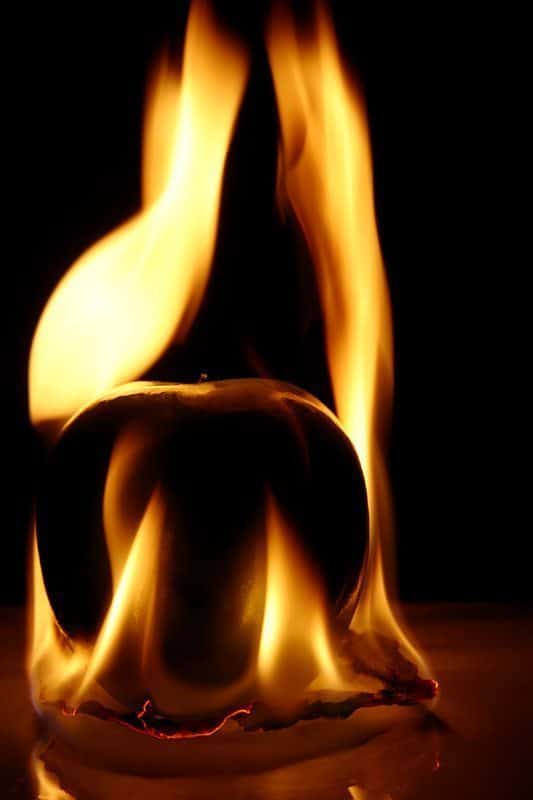
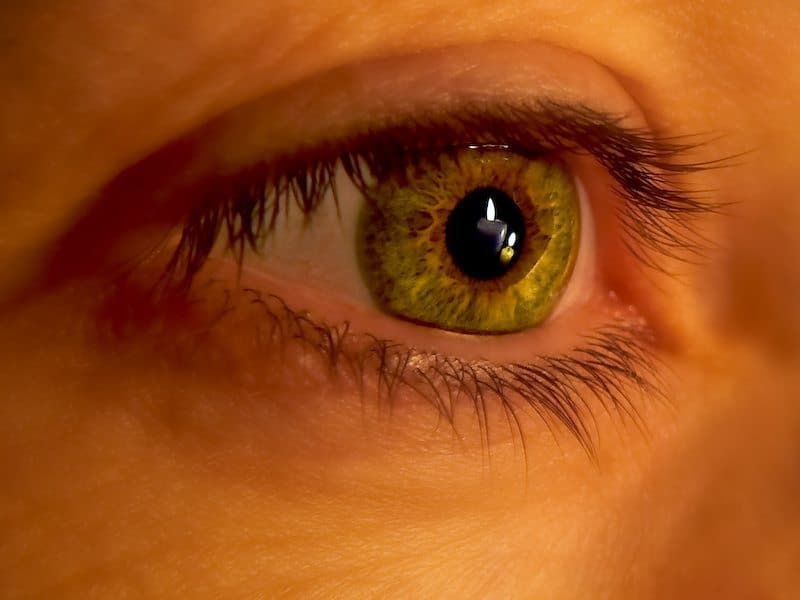
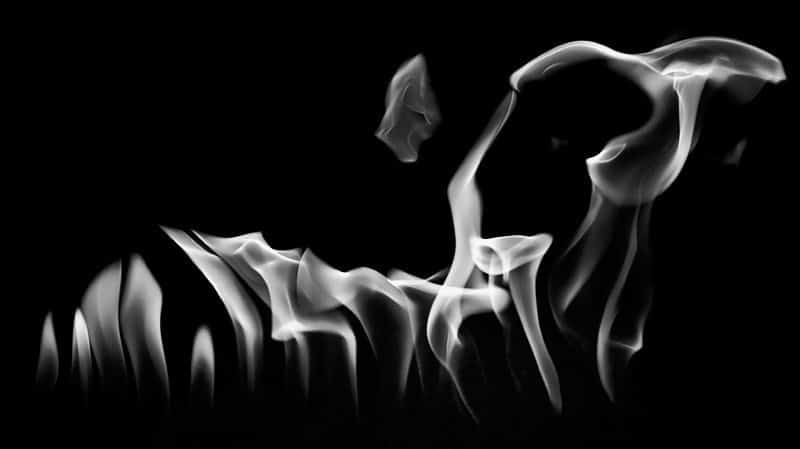
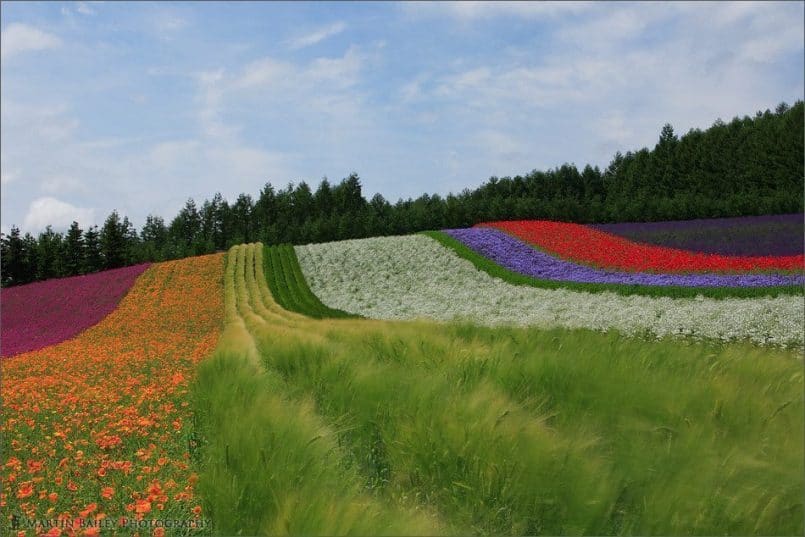
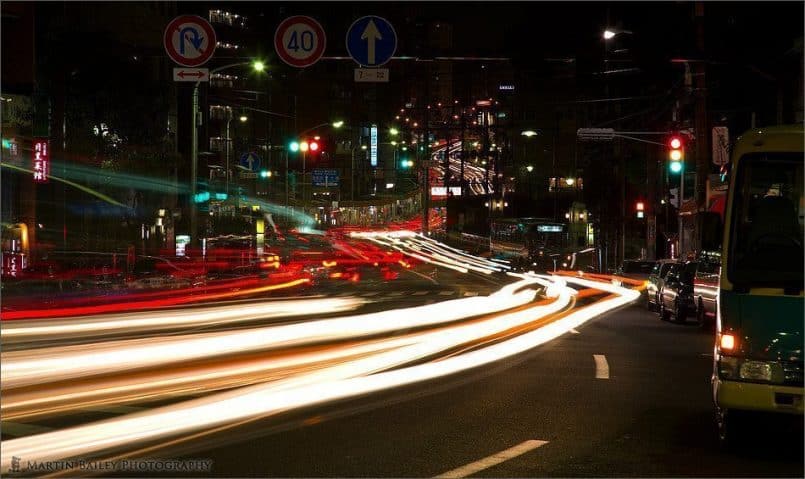
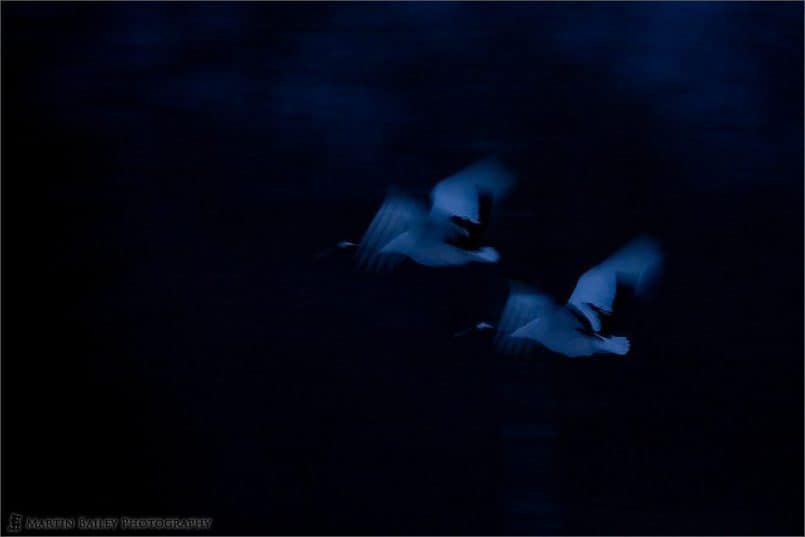
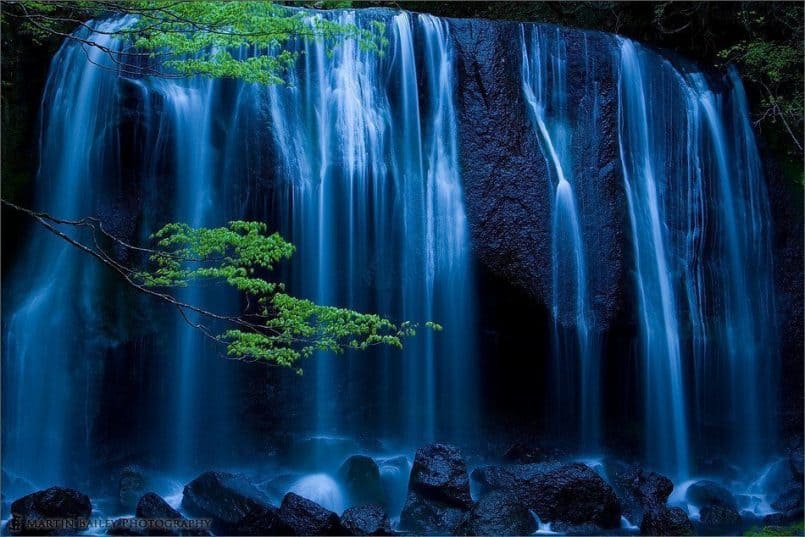

0 Comments